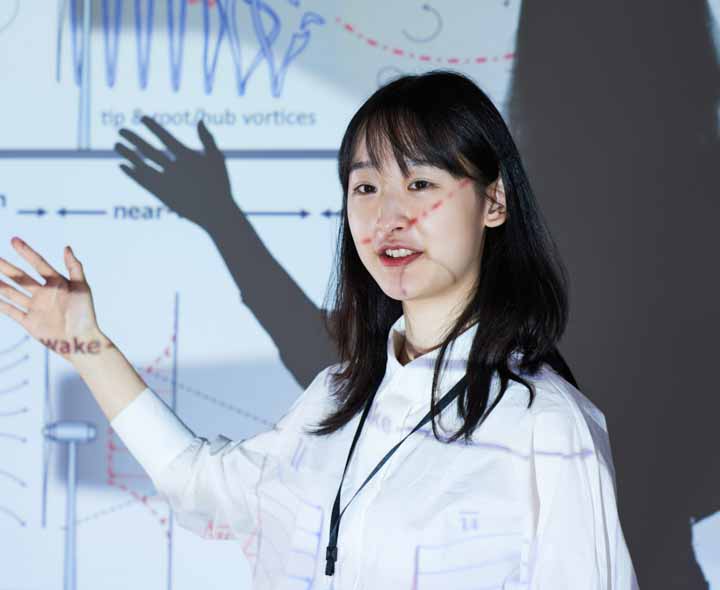The core of your presentation

I am working with a group of doctoral students on their presentations for a congress. “For whom exactly did you give that talk?” I ask Mathieu, who has just finished his presentation. He rushed through 38 PowerPoint slides in just 14 minutes. “For you,” he replies. “Unfortunately, it didn’t reach me,” I reply. The presentation reminded me of someone who recently told me he plays audiobooks at 1.5x speed to hear more books in less time. My comment was: It’s not about the number of books you read, but what you take away from them. Mathieu was way too quick and way too detailed. “In addition, the audience will be upset that you exceeded your speaking time,” I conclude. “What should I do?”, he asks.
If the audience doesn't understand the question and the relevance of your research, they will mentally leave within the first minute.
My answer: “Increase the signal-to-noise ratio.” With a short ten-minute speaking time, you can get precisely one central point across, no more. Identify what your audience is to take away from your talk. Then support that message with three or four slides. Take only aspects that support this main message. You can give more details in the Q&A session – if anyone is interested.
“But it is important that I show all the data. Perhaps I can quickly show a few slides without explaining them,” suggests Mathieu. “Like a picture book with boring pictures instead of text?” I ask. Mathieu sighs. “And if I shorten the introductory story?”
If the audience doesn’t understand the question and the relevance of your research, they will mentally leave within the first minute. They don’t have to listen to you. You have to convince the audience. You do that by finding a catchy beginning for your story: What does your research contribute to this world? “If you remove this introduction, you might as well give your presentation in front of your bathroom mirror.”
Mathieu wants to impress with his presentation but ignores the audience’s wishes. But the audience is the focus of these ten minutes. “Think of your audience, not of yourself,” I conclude. “Then both sides have more of it.”
This article was first published in Nachrichten aus der Chemie (issue 11-2022). See here the German original.
Do you want to learn more about science communication? You might be interested in our workshops and talks about these topics.